Concrete pumping can pose many serious health and safety risks. This guide provides practical information to persons conducting a business or undertaking and others on how to manage the risks of concrete pumping.
If you’re a person conducting a business or undertaking (PCBU), you have a duty to manage risks in the workplace. Identifying hazards in your workplace is the first step in managing risk.
If you’re a person conducting a business or undertaking (PCBU), you must look after your workers’ health and safety.
Concrete pumping is common in the construction industry. There are multiple ways to pump concrete – all require skills and training. If you operate concrete placing booms, you need a high risk work licence.
Health and safety risks for workers can occur when setting up and using concrete placing equipment and when working with wet concrete.
